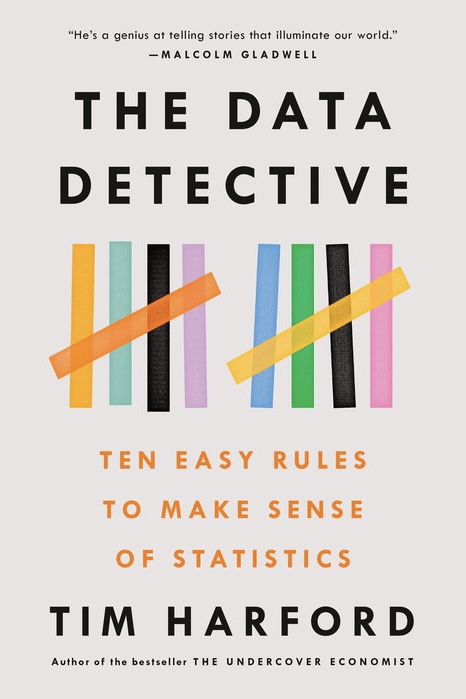This book is well-written and engaging. But perhaps the best thing about it is its explicitly stated goal: not just to spot wrong or misleading data and cynically conclude everyone is lying and nothing can be trusted; but instead, a lot of care is put into explaining how to constructively interpret what's in front of your eyes and get to the underlying truth eventually.
Instead of sensationalism, it promotes quiet, meticulous diligence with the goal of understanding. The author advocates both for rigorous practice, as well as clear messaging.
The argument in the concluding chapter was unexpected and so brilliant it seems obvious in retrospect: that having the best, most rigorous data often doesn't help change minds, but that rephrasing your message in a way that engages with the recipient in a way that entices their curiosity just might.
 🌟🌟🌟🌟🌟
🌟🌟🌟🌟🌟